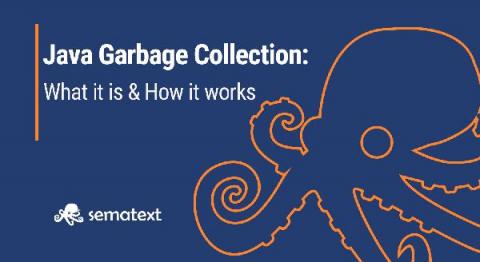Observability Trends in 2020 and Beyond: Announcing the DevOps Pulse 2019 Results
2020 is here and it looks like it’ll be a truly exciting and impactful year for the DevOps community. As you know, the landscape is changing rapidly, and as a result, new technologies and methodologies are emerging to solve challenges you’re experiencing on the job. Observability is one such concept–and achieving it is a huge challenge for software engineers across the globe.









